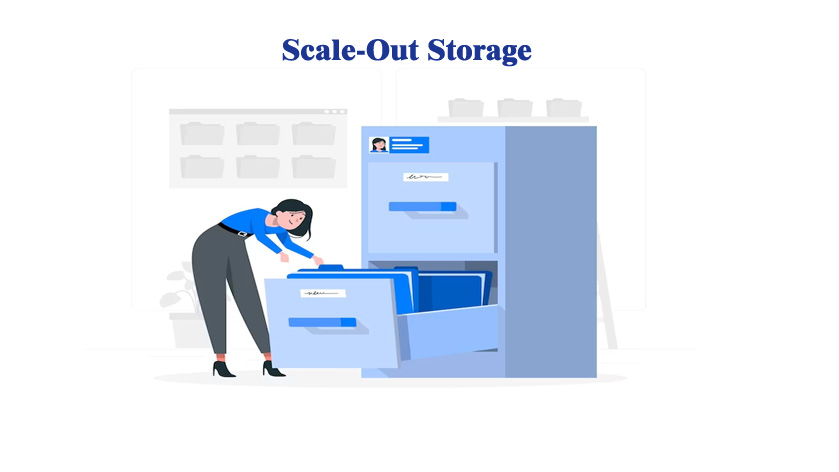Scale-out storage is a process of storing heavy workloads. It means the memory and network are scaled within a single cluster, which will enhance the work functionality. Mounting the storage will allow the company to control expenses as they need to expand. It will ensure that storage scalability will be established effectively and quickly by adding hardware to the existing arrays through NAS [network attached storage].
Expanding will happen through groups of servers forming a single cluster array and then sharing files by a provided network. The advantage of scale-out storage is that it can increase or decrease at any moment, and the setup involves simple steps. Since the growth of data will demand new storage. Moreover, as required, the company can build storage capacity into the hardware in a scale-out architecture.
What are the Advantages of Scale-Out Storage?
Scale-out storage has the best environment for users to store, edit, access, or share files. There is no low lag when locating particular data from scaled-out storage systems. So, it is fantastic to have an excellent level of accessibility storage systems that utilize metadata to communicate between the notes.
This storage system can be used based on the company’s needs. Storage capabilities, efficiency, and capacity will be determined based on needs. You get endless options to configure the existing arrays to expand the capacity and boost performance and effectiveness. The data growth will demand new storage, the company can build storage capacity into the hardware in a scale-out architecture as required.
As we have discussed, there is no limit to how many clusters you can add to the server systems. Apart from this, one more benefit is that your systems have no limits on data processing. However, if you can build onto the existing servers, it is one of the most desired elements of implementing the system. The system can balance the workload and improve the storage architecture’s performance

